The art and science of watchmaking, known as horology, has undergone remarkable transformations over the centuries. From the ornate pocket watches of the 16th century to the sleek, multifunctional smartwatches of today, timekeeping devices have continuously evolved to reflect technological advancements, cultural shifts, and personal preferences. This evolution is a testament to human ingenuity and our intrinsic desire to measure, manage, and appreciate time.
In this article, we’ll explore the fascinating journey of watchmaking, examining how traditional skills have adapted in the age of digital technology and highlighting key innovations and inventions in horology. We’ll also take a closer look at renowned watch brands such as Patek Philippe, Audemars Piguet, and Apple, each of which has played a pivotal role in shaping the industry.

The Dawn of Watchmaking: Pocket Watches in the 16th Century
The Birth of Portable Timekeeping
The history of watchmaking dates back to the 16th century when the first portable timepieces, known as pocket watches, emerged. Before this, time was primarily measured using sundials, water clocks, and large tower clocks. The invention of the mainspring—a coiled spring that powers mechanical clocks—paved the way for smaller, portable devices.
- Early Designs: Pocket watches were initially crafted as luxury items for the elite, often adorned with intricate engravings and precious metals. These early watches were not particularly accurate, often deviating by several hours a day, but they represented a significant advancement in personal timekeeping.
- Mechanics: The first pocket watches were driven by a verge escapement, a mechanism that controlled the movement of the gears. However, this mechanism was susceptible to friction and required regular maintenance.
- Cultural Impact: Owning a pocket watch became a status symbol, signifying wealth and sophistication. They were often passed down as family heirlooms, cherished for their craftsmanship and sentimental value.
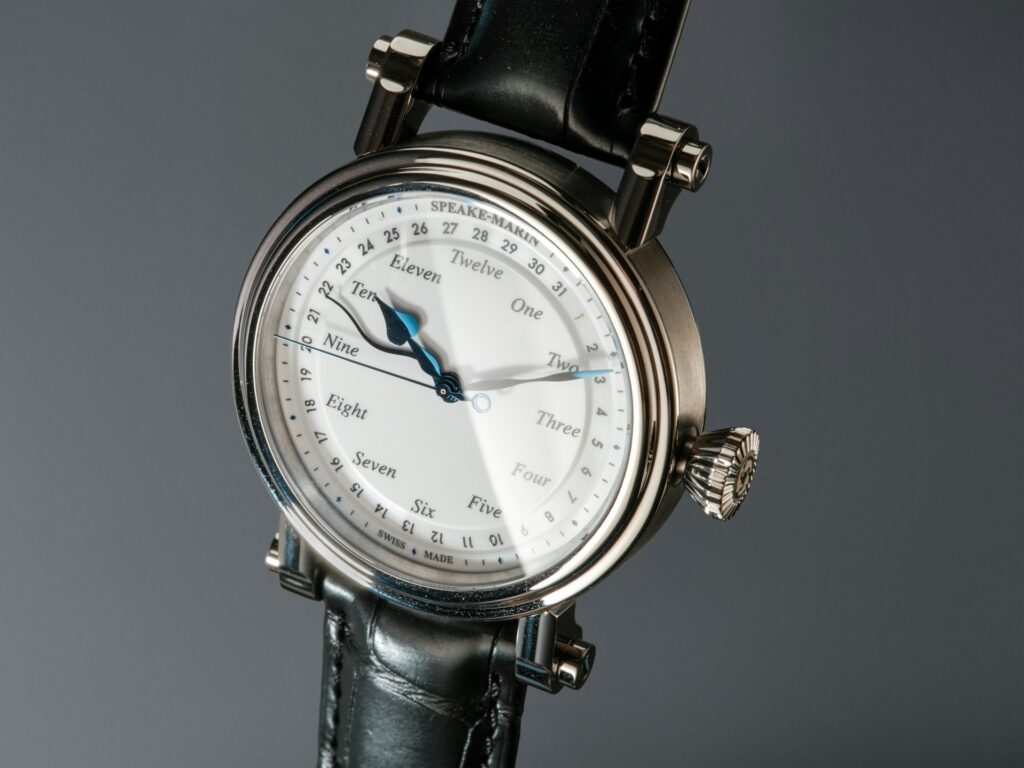
The Rise of Wristwatches: 19th to 20th Century
Transition from Pocket to Wrist
The transition from pocket watches to wristwatches began in the 19th century, driven by practicality and changing fashion trends. Wristwatches were initially seen as feminine accessories, but their utility during World War I transformed perceptions.
- Military Influence: Soldiers found wristwatches more practical than pocket watches during battle, leading to their increased popularity among men. These military watches were rugged and functional, emphasizing durability over decoration.
- Technological Advancements: The development of the balance spring and lever escapement improved the accuracy and reliability of wristwatches, making them more appealing to the general public.
The Golden Age of Mechanical Watches
The mid-20th century is often referred to as the golden age of mechanical watches. This era saw the rise of iconic watch brands and the introduction of revolutionary complications and designs.
- Complications: Watchmakers introduced complex mechanisms known as complications, which offered additional functions beyond basic timekeeping. Notable complications include the chronograph, moon phase indicator, and perpetual calendar.
- Tourbillon: Invented by Abraham-Louis Breguet in 1801, the tourbillon was designed to improve accuracy by counteracting the effects of gravity on the escapement. While not necessary for modern watches, the tourbillon remains a symbol of horological mastery and craftsmanship.
- Perpetual Calendar: The perpetual calendar is a remarkable innovation that accounts for varying month lengths and leap years, requiring no manual adjustment until the year 2100.
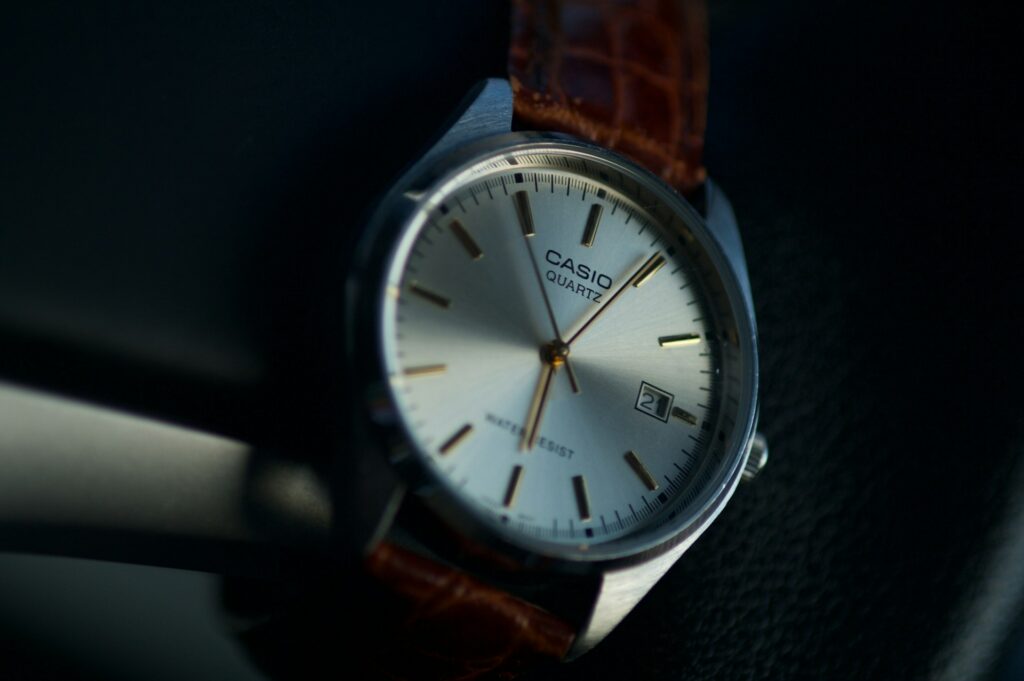
The Quartz Revolution
The 1970s saw the advent of quartz technology, which revolutionized the watch industry. Quartz watches used a battery-powered oscillator to keep time, offering unprecedented accuracy at a fraction of the cost of mechanical watches.
- Impact: The quartz revolution, also known as the “quartz crisis,” led to a significant decline in traditional mechanical watchmaking. Many Swiss watchmakers struggled to compete with the affordability and precision of quartz watches.
- Resilience: Despite the challenges, luxury brands like Patek Philippe and Audemars Piguet continued to thrive by emphasizing the artistry and craftsmanship of mechanical watches, catering to connoisseurs who valued tradition and heritage.
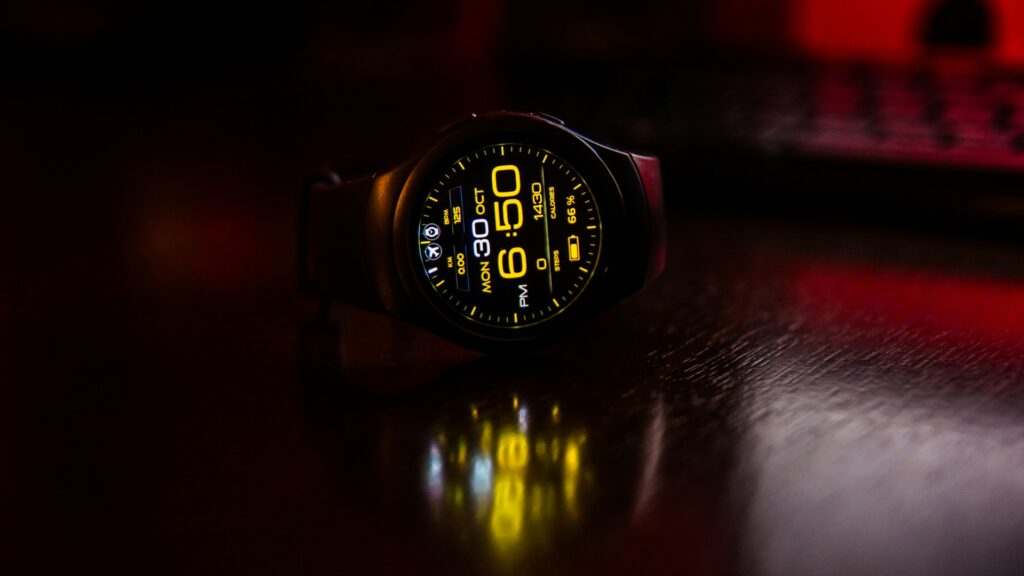
The Digital Age: Smartwatches in the 21st Century
The Emergence of Smartwatches
The 21st century has witnessed another paradigm shift in watchmaking with the emergence of smartwatches. These devices integrate digital technology with traditional timekeeping, offering a range of features beyond telling time.
- Multifunctionality: Smartwatches provide notifications, health tracking, navigation, and connectivity features, making them versatile companions for modern lifestyles. They often include fitness tracking, heart rate monitoring, GPS navigation, and the ability to receive calls and messages.
- Integration: Brands like Apple have seamlessly integrated smartwatches with their ecosystem of products, creating a cohesive user experience. The Apple Watch, for example, allows users to control music, answer calls, and monitor health metrics, all from their wrists.
- Design: While smartwatches are primarily digital devices, they often incorporate traditional design elements, such as analog watch faces and customizable bands, appealing to a broad audience.
The Impact on Traditional Watchmaking
The rise of smartwatches has prompted traditional watchmakers to adapt and innovate, blending mechanical craftsmanship with digital technology.
- Hybrid Watches: Some watch brands have embraced the concept of hybrid watches, which combine mechanical movements with digital displays. These watches offer the best of both worlds, preserving the artistry of traditional watchmaking while incorporating modern features.
- Luxury Smartwatches: High-end watchmakers, such as TAG Heuer and Montblanc, have entered the smartwatch market, offering luxury smartwatches that cater to discerning customers who value both technology and craftsmanship.
- Preserving Tradition: Despite the digital trend, many watch enthusiasts continue to appreciate the artistry, history, and emotional connection associated with mechanical watches. Brands like Patek Philippe and Audemars Piguet emphasize their heritage and commitment to traditional craftsmanship, appealing to collectors and connoisseurs.
Key Innovations and Inventions in Horology
The evolution of watchmaking is marked by several key innovations and inventions that have shaped the industry and advanced timekeeping technology.
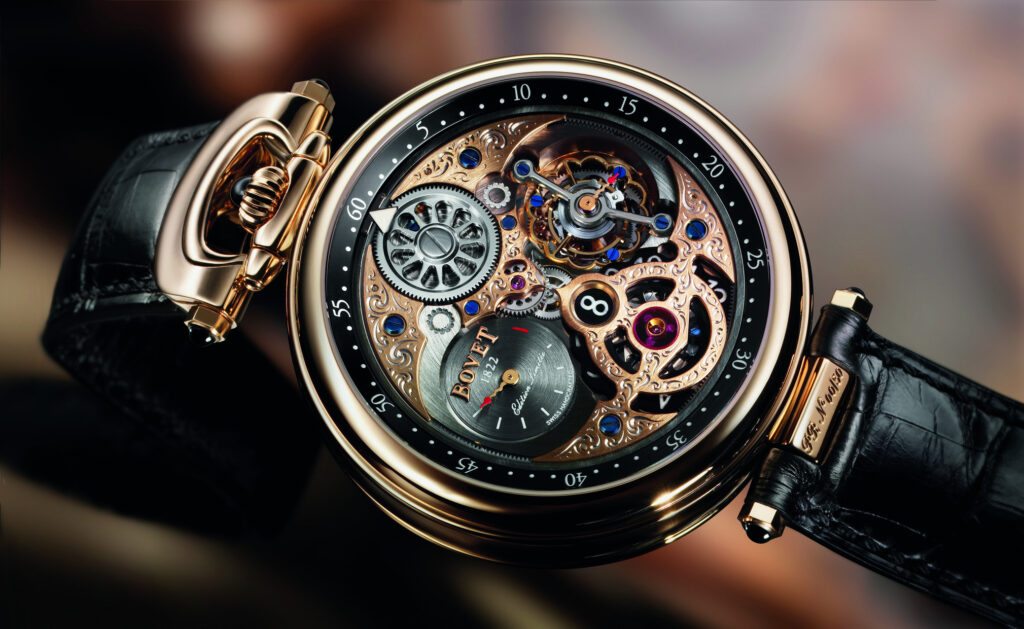
The Tourbillon
- Inventor: The tourbillon was invented by Abraham-Louis Breguet in 1801 as a response to the accuracy issues faced by pocket watches.
- Functionality: The tourbillon is a rotating cage that houses the escapement and balance wheel. By constantly rotating, it minimizes the effects of gravity on the movement, enhancing precision.
- Legacy: While modern wristwatches are less affected by gravity, the tourbillon remains a testament to horological craftsmanship and innovation. It is often used in high-end watches as a demonstration of skill and artistry.
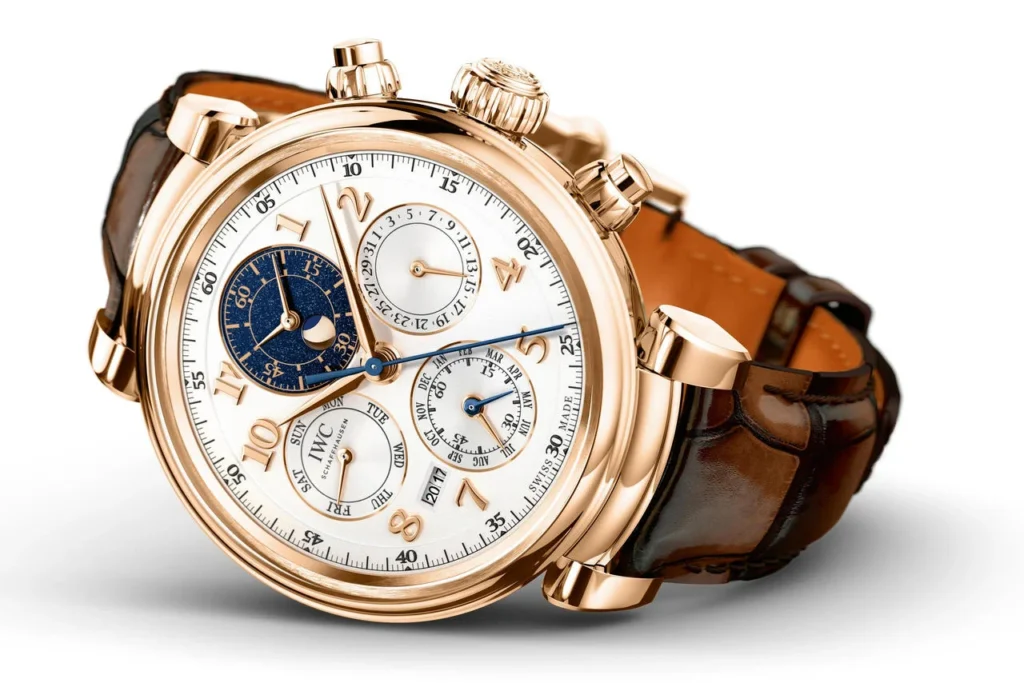
The Perpetual Calendar
- Innovation: The perpetual calendar is a complex mechanism that accounts for varying month lengths and leap years, displaying the correct date without manual adjustment.
- Complexity: Designing a perpetual calendar requires intricate engineering and precise craftsmanship. The mechanism involves a series of gears and cams that work in harmony to accurately display the date.
- Significance: The perpetual calendar showcases the ingenuity of watchmakers in overcoming the challenges of accurate timekeeping. It is highly sought after by collectors for its technical sophistication.

The Chronograph
- Development: The chronograph is a complication that allows for the measurement of elapsed time. It was developed in the early 19th century and became popular for its practicality and functionality.
- Applications: Chronographs have been used in various fields, from aviation and motorsports to scientific research. They enable precise timing of events, making them valuable tools for professionals and enthusiasts.
- Design: Modern chronographs often feature multiple sub-dials and pushers, allowing users to start, stop, and reset the timer. They are celebrated for their functionality and visual appeal.
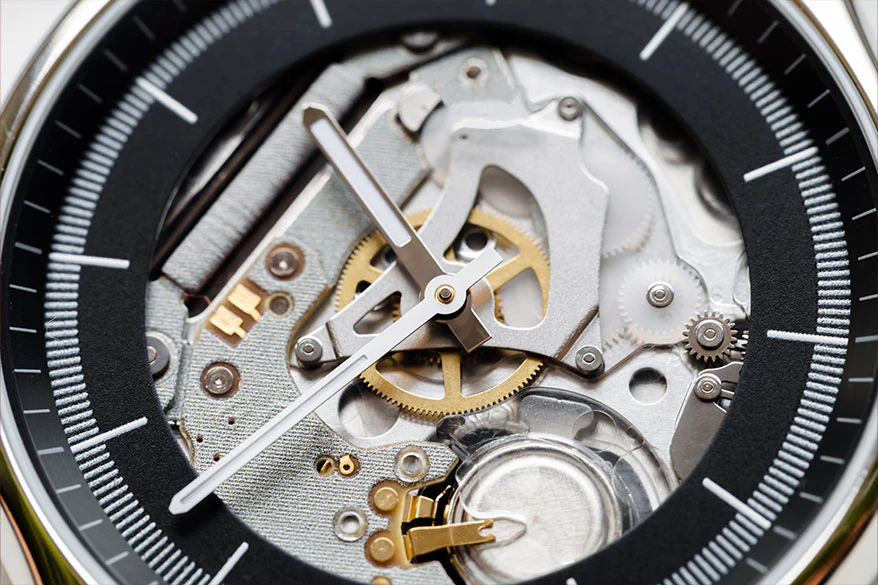
The Quartz Movement
- Revolution: The quartz movement revolutionized watchmaking in the 1970s by introducing battery-powered oscillators. Quartz watches offered unprecedented accuracy and affordability.
- Impact: The quartz movement led to the decline of traditional mechanical watchmaking, as it was cheaper and more accurate than its mechanical counterparts. However, it also prompted a resurgence of interest in mechanical watches as luxury items.
- Resilience: Despite the quartz revolution, mechanical watches have retained their appeal among enthusiasts who appreciate their craftsmanship, artistry, and historical significance.
Brands to Explore
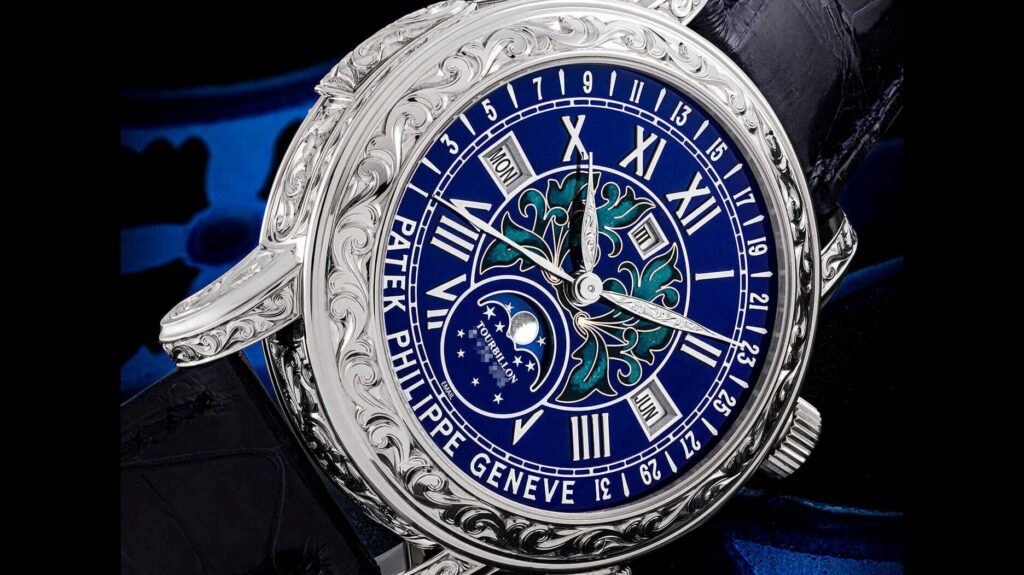
Patek Philippe
- Heritage: Founded in 1839, Patek Philippe is renowned for its commitment to tradition and innovation. The brand has consistently produced timepieces that blend artistry with technical excellence.
- Masterpieces: Patek Philippe is known for its exquisite complications, including perpetual calendars, minute repeaters, and chronographs. The brand’s watches are considered masterpieces of horology, reflecting the highest standards of craftsmanship.
- Legacy: Patek Philippe’s motto, “You never actually own a Patek Philippe. You merely look after it for the next generation,” emphasizes the brand’s focus on timelessness and legacy. Their watches are treasured heirlooms passed down through generations.
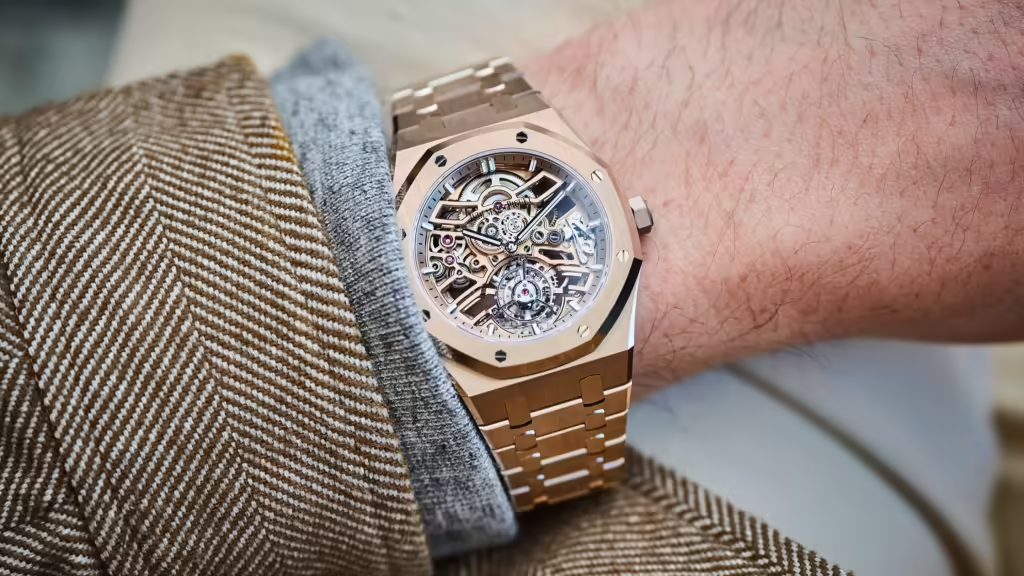
Audemars Piguet
- Innovation: Founded in 1875, Audemars Piguet is known for its pioneering spirit and bold designs. The brand has introduced several iconic models, including the Royal Oak, which revolutionized sports watch design.
- Craftsmanship: Audemars Piguet combines traditional watchmaking techniques with contemporary aesthetics, creating timepieces that are both innovative and elegant. The brand’s commitment to craftsmanship is evident in its intricate movements and detailed finishes.
- Exclusivity: Audemars Piguet produces a limited number of watches each year, ensuring exclusivity and quality. The brand’s timepieces are highly sought after by collectors and enthusiasts for their distinctive designs and technical prowess.
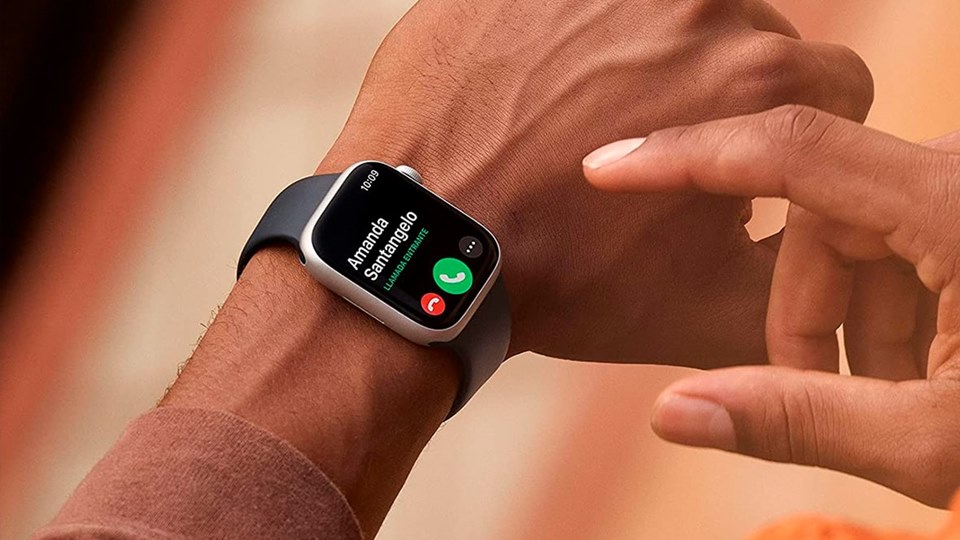
Apple
- Digital Innovation: Apple entered the smartwatch market with the launch of the Apple Watch in 2015, revolutionizing the way we interact with timekeeping devices. The Apple Watch seamlessly integrates with the Apple ecosystem, offering a range of features and customization options.
- Functionality: The Apple Watch combines timekeeping with health tracking, communication, and connectivity features. Its user-friendly interface and versatile design make it a popular choice for tech-savvy individuals.
- Design: Apple has collaborated with luxury brands to create special editions of the Apple Watch, blending digital innovation with traditional craftsmanship. These collaborations highlight the brand’s ability to merge technology with luxury.
Conclusion
The evolution of watchmaking from pocket watches to smartwatches is a captivating journey that reflects humanity’s quest for precision, artistry, and innovation. Each era has brought forth new advancements, from the intricate mechanics of traditional timepieces to the digital marvels of the modern age.
As we look to the future, watchmaking will continue to evolve, embracing new technologies while preserving the timeless craftsmanship that defines the industry. Whether it’s the elegance of a Patek Philippe, the innovation of an Audemars Piguet, or the digital sophistication of an Apple Watch, timepieces will remain cherished symbols of our relationship with time.